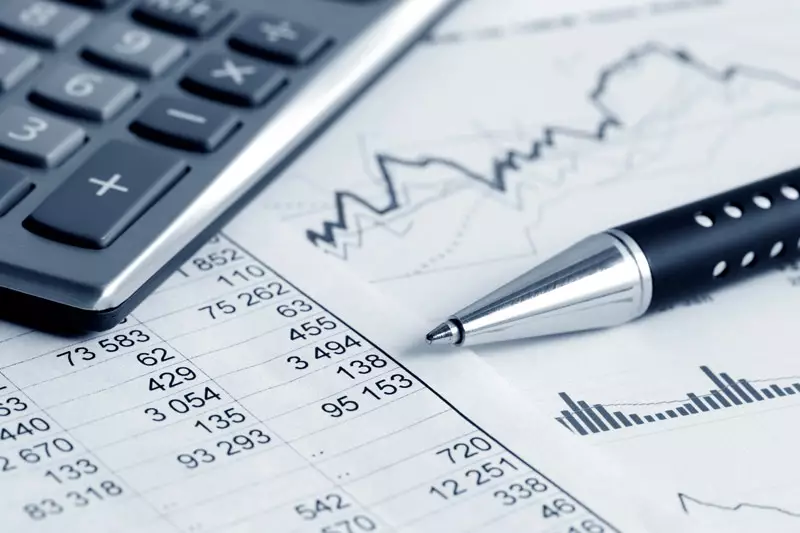As investors look forward to the presidential inauguration of Donald Trump, the U.S. dollar’s six-week winning streak has finally come to an end, resulting in a notable decline against several major currencies. The dollar maintained a slight advantage against the Japanese yen on Friday, but the overall mood in the market suggests uncertainty and anticipation, particularly regarding the forthcoming policies of the incoming administration.
The Japanese yen has shown remarkable strength this week, positioning itself for a robust performance—it nudged upward more than 1% against the dollar, reversing last week’s downturn. The dollar was trading at approximately 156.165 yen, reflecting a significant divergence from a one-month high of 154.98 earlier in the week. Analysts like Brad Bechtel from Jefferies attribute this shift to the markets responding to prospects of an interest rate hike by the Bank of Japan (BOJ), which traders are predicting has an 80% likelihood of occurring in the near term. The expectation stems from consistent signals from BOJ officials coupled with economic indicators reporting robust wage growth and ongoing price pressures in Japan.
Despite the optimism surrounding a potential rate increase, the wide interest rate differential between the U.S. and Japan continues to lend a degree of buoyancy to the dollar-yen exchange rate. Bechtel aptly noted that while the yen appears to be gaining traction, the dollar remains resilient due to underlying economic conditions.
Shifting Economic Indicators
Compounding the dollar’s woes are recent U.S. economic indicators that have caused a re-evaluation of the Federal Reserve’s trajectory in relation to interest rate cuts. After softer-than-expected U.S. core inflation data was released on Wednesday, coupled with comments from Federal Reserve Governor Christopher Waller suggesting that the potential for three or four rate cuts this year remains plausible, investor sentiment began to shift. Market participants are now pricing in what could amount to about 40 basis points in rate cuts by 2025, indicating a growing consensus that the Federal Reserve may need to adjust its monetary policy in response to prevailing economic conditions.
Uto Shinohara, a senior investment strategist at Mesirow Currency Management, highlighted this sentiment by accentuating the market’s fluctuation based on conflicting economic data releases. The abrupt shift between strong employment figures and weaker inflation data signals a volatility that investors must navigate carefully—a reality that is expected to persist as the Trump administration takes the helm.
Market Reactions and International Dynamics
As the inauguration approaches, various international currencies are also experiencing fluctuations. The British pound, for instance, fell 0.6% to $1.2166 as disappointing retail sales data heightened fears of a potential economic contraction in the U.K. The euro saw a slight decline of 0.26%, trading at $1.0276, reflecting similar sentiments of cautious optimism across the European market.
Additionally, recent economic data from China revealed a fourth-quarter growth rate of 5.4%, significantly surpassing analyst expectations. This growth has positioned China’s currency, the yuan, at around 7.3249 per dollar. However, potential tariff threats looming under a Trump presidency introduce a layer of vulnerability for the yuan moving forward. Conversations between President Xi Jinping and Trump reportedly took place, with the international market paying keen attention to any tariff announcements that could follow.
The cryptocurrency market has also been invigorated by these developments. Bitcoin recently surged by over 5% to reach a four-week high of approximately $105,404.13, buoyed by speculations that the incoming Trump administration may adopt a more favorable stance on cryptocurrency regulation. This optimism reflects broader sentiments in the market as stakeholders seek clarity on how new policy directions may influence emerging asset classes.
As the financial markets stand on the precipice of a new political era under Trump’s presidency, the volatility displayed in currency exchange rates speaks volumes about investor caution and the anticipated economic repercussions. With the dollar losing steam against key currencies, a period of adjustment seems inevitable as markets await clearer signals from the government and the Federal Reserve regarding fiscal and monetary policy direction.

